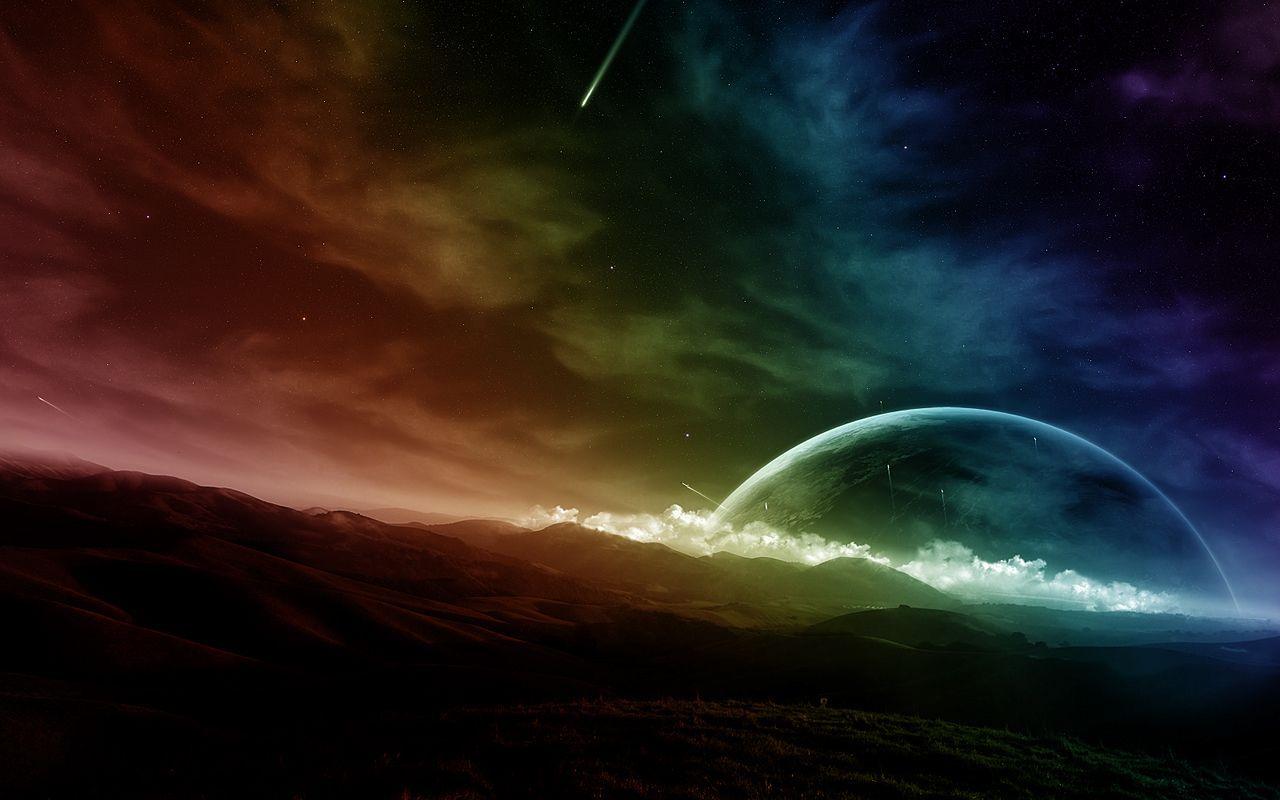
Every square foot requires more resources, but people are happier when they feel they have sufficient space and privacy. Living Quarters: Consider whether each space explorer needs a private living space, which may depend on how long they will spend at this facility.Production and Research: What kinds of production will take place at your station or colony? Some examples may include mining for resources, science laboratories, telescopes, and facilities to produce fuel or water.Energy: What energy source(s) will power the space vehicles/stations/colonies? Plans need to determine whether power will be generated through solar or nuclear energy, and need to include a back-up and energy storage system, such as batteries to store solar energy at night.Some may need to be returned to Earth, vented into space, or stored outside of the colony for future use. Efforts are made to create as little waste as possible. Much of that waste - like water waste - will eventually be recycled and reused. Waste Removal: Living and working in space creates waste.Electronic equipment can also generate excess heat, which may need to be vented into space. Temperature: Space stations, capsules, and colonies need to be insulated from extreme temperatures, such as the cold temperatures on Mars, night on the Moon and on space stations, and the high daytime temperatures on the Moon and in sunlight on space stations.Plans need to include water storage and recycling and possibly water production facilities. Recycling and purifying systems can recapture water from daily washing, moisture in the air from breathing, moisture from the heating and cooling systems, and water from urine. Water: Humans need a great deal of water for drinking, washing, watering plants, etc.A greenhouse will be a necessary addition to any space base. Food crops can also be used to purify water and to produce oxygen from carbon dioxide using photosynthesis. Some foods under consideration for use in space missions are soybeans and wheat, which take up a small amount of space and are very nutritious. In any self-contained colony, food must be renewable, as replacement stock will not be available from Earth. Food: Transportation vehicles and space stations need to bring food with them, and space for producing food is very limited in a colony.It would be dangerous to allow this to build up it needs to be filtered from the atmosphere as the air is recycled. While we breathe nitrogen and oxygen, we exhale carbon dioxide.

There is also a process that extracts the oxygen contained in minerals in the rocks and soil. A space colony or large space station could create oxygen from water by splitting water molecules into hydrogen and oxygen, using electrolysis, or through photosynthesis from plants. Rockets, space capsules, and space stations need to bring the air with them. Modules and living areas have to be enclosed, to keep the air from escaping. Air Supply: transportation vehicles, stations, and colonies need breathable air ((78% nitrogen, 21% oxygen, and 1% other gases).Human space exploration needs to meet the requirements for healthy life and productivity: air, food, water, energy, communications, transportation, productivity areas and tools, and recreation. These require rockets to launch from the Earth or Moon or a space station, landing capsules, and some type of facilities or colony from which to explore the Moon and Mars. While our current human exploration is through the International Space Station and transportation to and from it, future activities could include missions to the Moon, Mars, and other locations in the Solar System. Also see background information for Health in Space.


 0 kommentar(er)
0 kommentar(er)
